• Don't insult other visitors. Offensive comments will be deleted without warning.
• Comments are accepted in English only.
• No swearing words in comments, otherwise such comments will be censored.
• Your nickname and avatar are randomly selected. If you don't post comments for 7 days, they both are reset.
• To choose another avatar, click the ‘Random avatar’ link.









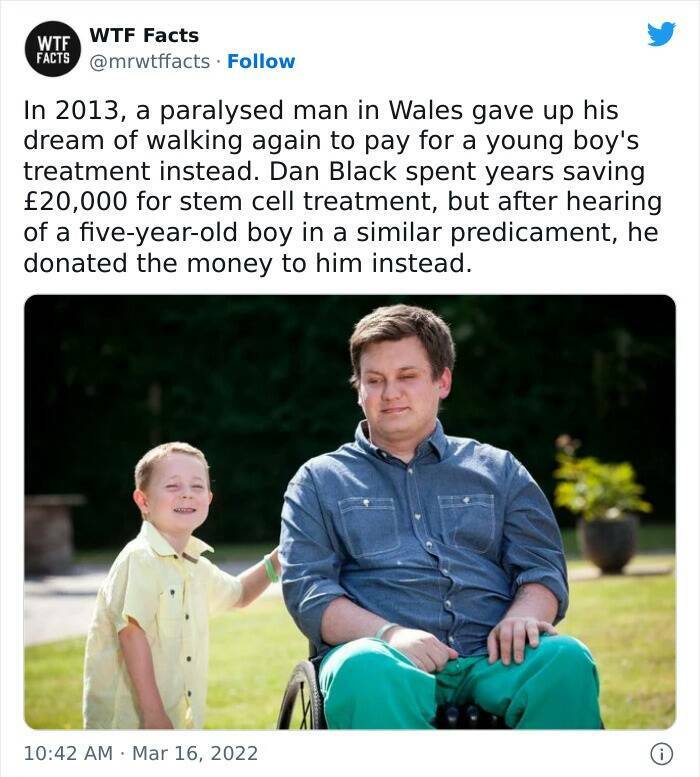
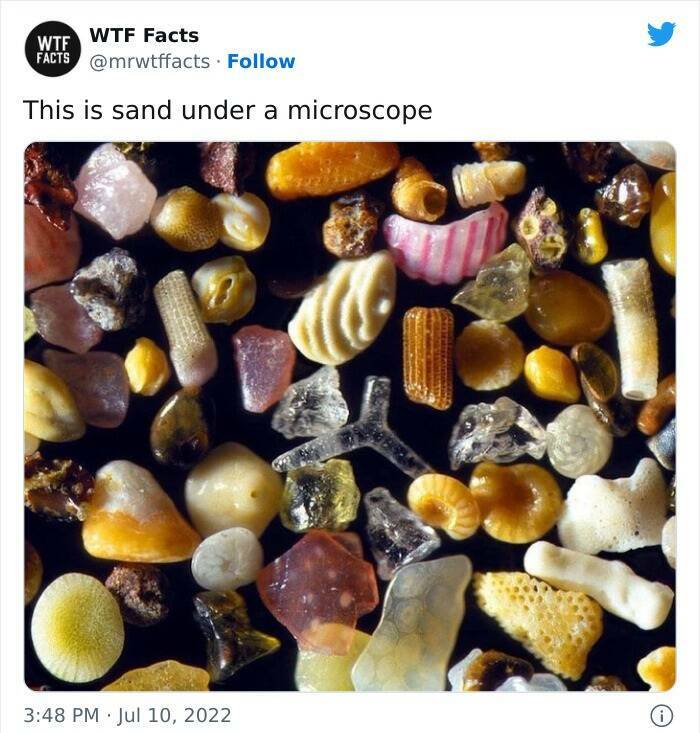



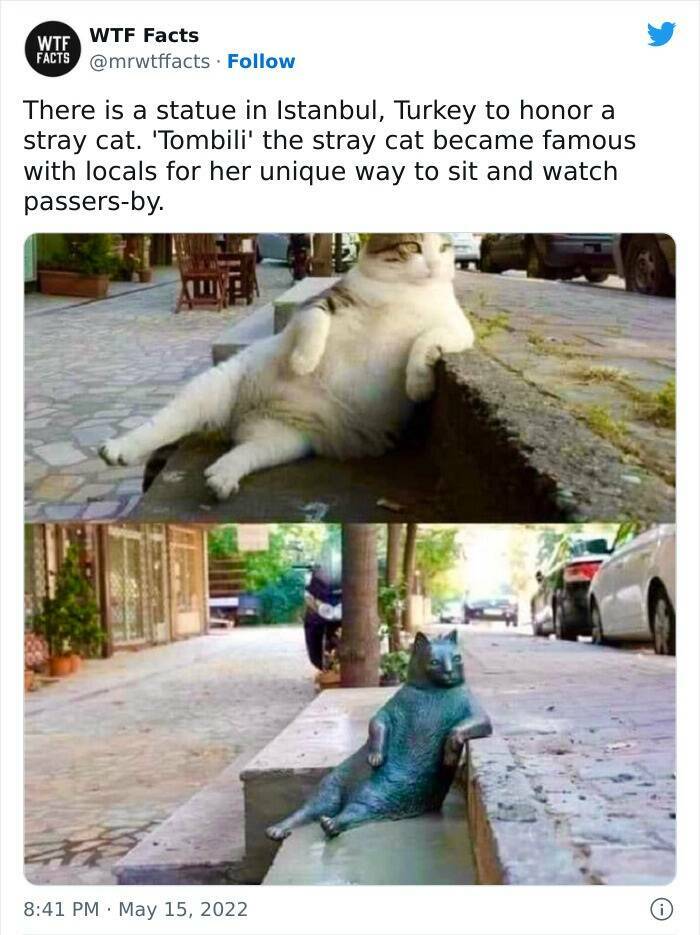


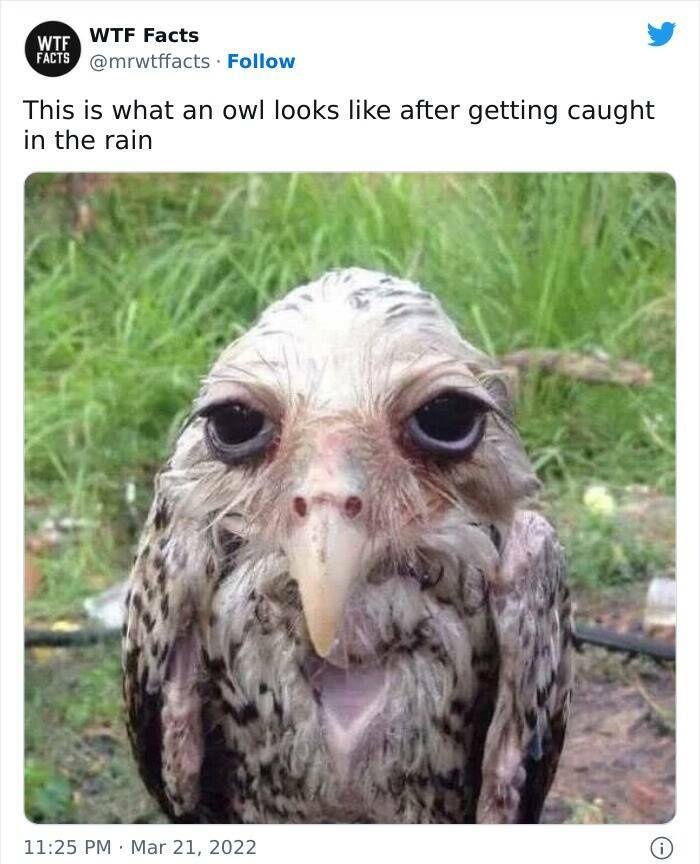
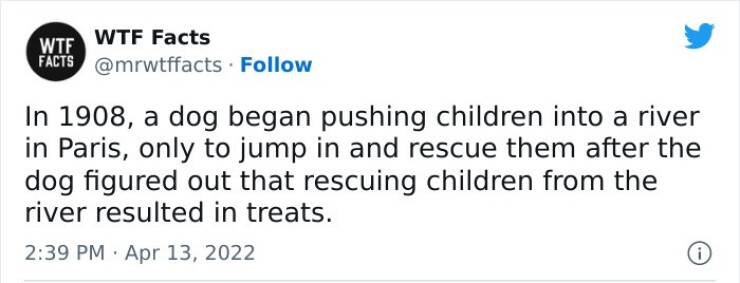

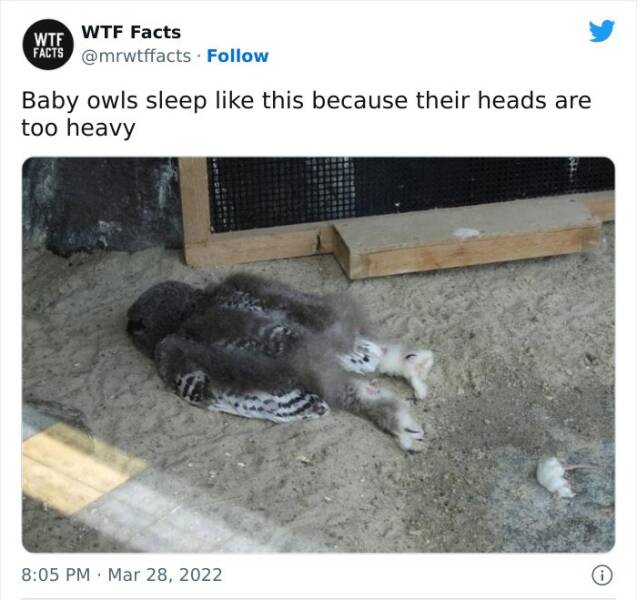



Gates is a twisted man. He craves power and recognition whatever the cost. He wants to control people so they live in the way he thinks they should live - and he has a LOT of money to further this goal. Dangerous man.
#10 No it's not, sand is ground up rock, not shells.
#10 Tropical beach sand looks like this. But only places that have coral. SAND IS TOO GENERIC A WORD.
DDT has a greater impact on human and ecologic diversity due to environmental toxicology of the pesticide within the complete food web.
Your understanding of benefit is incomplete, while your comment is driven by some attempt to demonstrate critical thinking (which you failed, btw).
who told you that? are you a biologist? compared to what? the toxins of today, because those are so environmentally friendly?
Yes, Environmental toxicologist. I specialize in metabolic affects of pesticides. Look me upon research gate.
I am a toxicologist and they teach us about DDT in the frame of that, the best example of biological magnification, and also you can still measure how much of that stuff we used because it's so stable (what you don't really want from an insecticide).
My understanding is if it's painted on the walls it doesn't do much harm and keeps the malaria mosquitos at bay. That's assuming that it is applied correctly and by hand of course and not just sprayed willy-nilly like in the old days. As an environmental toxicologist, do you know if this is correct?
If it is 'painted' or used to coat surfaces rather than spraying directly on food sources (e.g. vegetation), then there is some latency is accumulation - however DDT is conserved in water and does not significantly decompose in natural environments (i.e. persistent in the environment), meaning that even when the pesticide is applied to benign surfaces, if there is potential to have water hit it and 'wash' it off into the aquatic ecosystem, the long term effect is the same.
Further, use of DDT should be directed toward the targeted recipient - in the case of malaria bearing mosquitos, DDT should be applied to contained mosquito habitat (e.g. stagnant pools of water and surrounding riparian vegetation) to minimize environmental impact.